As cities expand across the globe, wildlife must adapt or perish in these rapidly changing landscapes. Snakes, with their remarkable evolutionary plasticity, provide a fascinating case study of adaptation in the Anthropocene era. These ancient reptiles are showing surprising resilience and novel adaptations as they navigate human-dominated environments. From shifts in diet and behavior to changes in morphology and reproduction, urban snakes are writing a new chapter in their evolutionary story. This article explores the fascinating ways snakes are evolving in response to urbanization and what these changes reveal about the resilience of nature in the face of human expansion.
The Urban Challenge for Reptiles
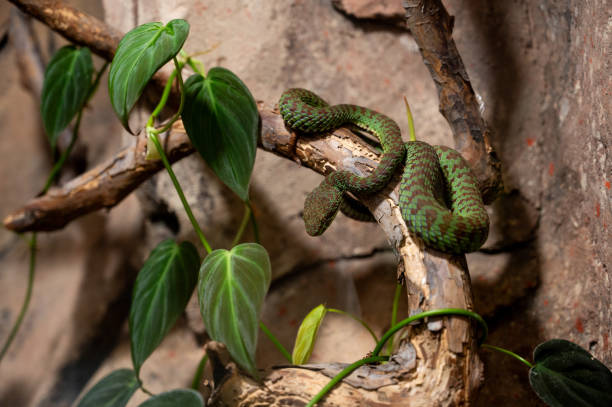
Urbanization presents a multifaceted challenge for snake populations, transforming their natural habitats into fragmented landscapes of concrete, asphalt, and manicured vegetation. Cities introduce novel threats, including vehicular traffic, pollution, altered thermal environments, and intentional persecution by humans with ophidiophobia. Despite these challenges, certain snake species have not only persisted but have become successful urban adapters. Research across continents shows that snakes are responding to urban pressures through both behavioral plasticity and, in some cases, actual genetic adaptations. This urban filter selects for individuals with traits that enhance survival in human-dominated landscapes, potentially driving evolutionary change at a pace far more rapid than typically observed in natural environments.
Morphological Adaptations
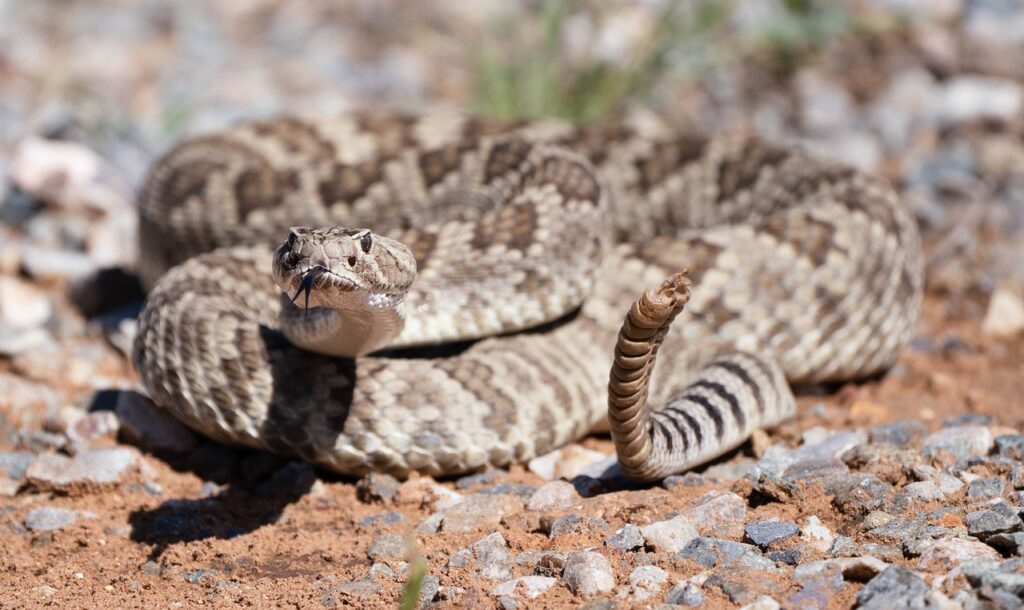
Some of the most visible changes in urban snake populations involve their physical characteristics. Researchers have documented changes in body size and proportions among urban snakes compared to their rural counterparts. For instance, studies of rat snakes in certain metropolitan areas have found individuals with slightly shorter bodies but proportionally longer tails—a morphological change that may improve climbing ability in vertical urban structures. In other species, urban individuals tend to be smaller overall, possibly reflecting nutritional differences or selection for individuals that can more easily hide in small urban refuges. Perhaps most interestingly, some urban snake populations show differences in head shape and jaw musculature, adaptations that correspond to shifts in prey availability and the novel food sources found in cities.
Dietary Shifts and Feeding Adaptations
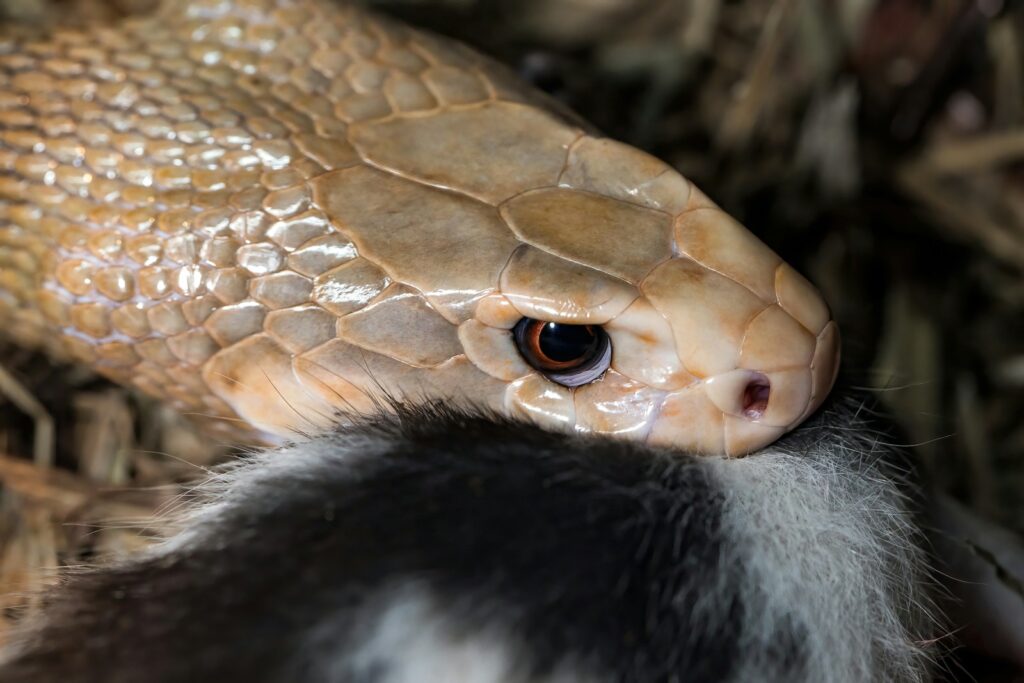
Urban environments offer snakes a different menu than their natural habitats, forcing evolutionary changes in their dietary preferences and hunting strategies. Many successful urban snakes are dietary generalists, able to capitalize on human food waste and the rodents it attracts. Researchers examining the stomach contents of urban rat snakes and garter snakes have found evidence of higher proportions of synanthropic prey—animals like house mice, roof rats, and European starlings that themselves thrive in human environments. Some species show changes in digestive efficiency, with urban individuals developing the ability to extract more nutrients from lower-quality prey. These dietary adaptations can occur rapidly; studies monitoring newly urbanized snake populations have documented significant shifts in prey preference within just a few generations, suggesting strong selection pressure on feeding-related traits.
Behavioral Flexibility
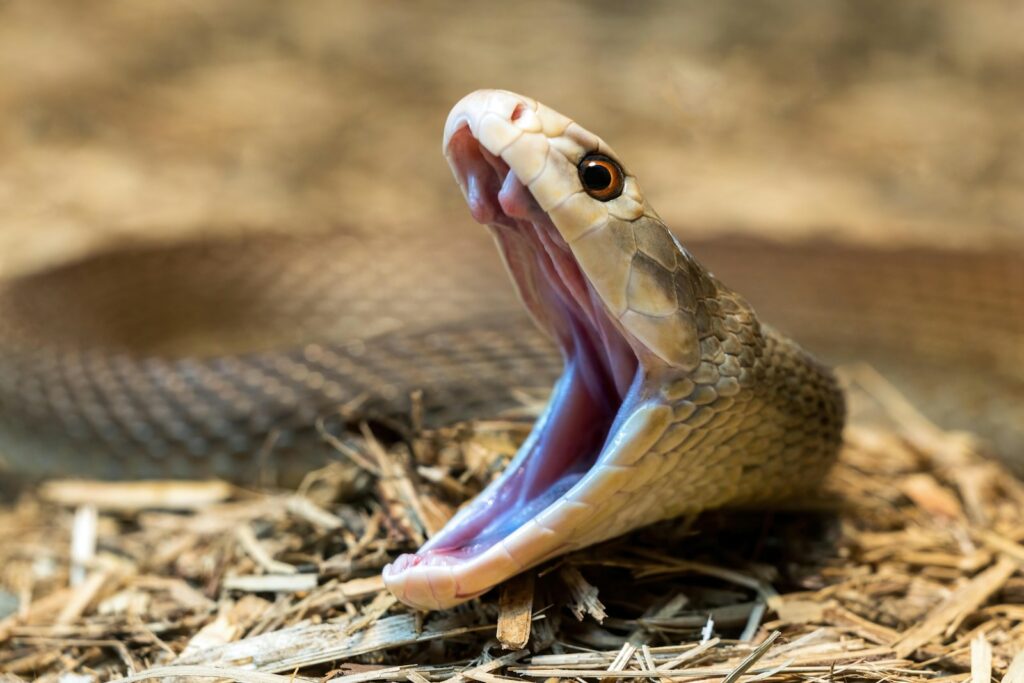
Perhaps the most crucial adaptation for urban survival is behavioral flexibility, with city-dwelling snakes displaying remarkable changes in activity patterns and responses to human presence. Urban snakes often show increased nocturnal behavior, shifting their hunting and movement to nighttime hours when human activity decreases. Researchers using radio telemetry to track movements of copperheads in urban parks have found that these snakes freeze more frequently when encountering humans rather than fleeing immediately, a behavioral adaptation that reduces detection. Some urban snake populations demonstrate decreased defensive behaviors—they’re less likely to strike when handled and more likely to try escape first, suggesting selection against aggression in environments where human encounters are frequent. These behavioral adaptations appear to be particularly plastic, allowing snakes to respond rapidly to changing conditions without waiting for genetic adaptations to emerge.
Thermal Adaptation in the Urban Heat Island
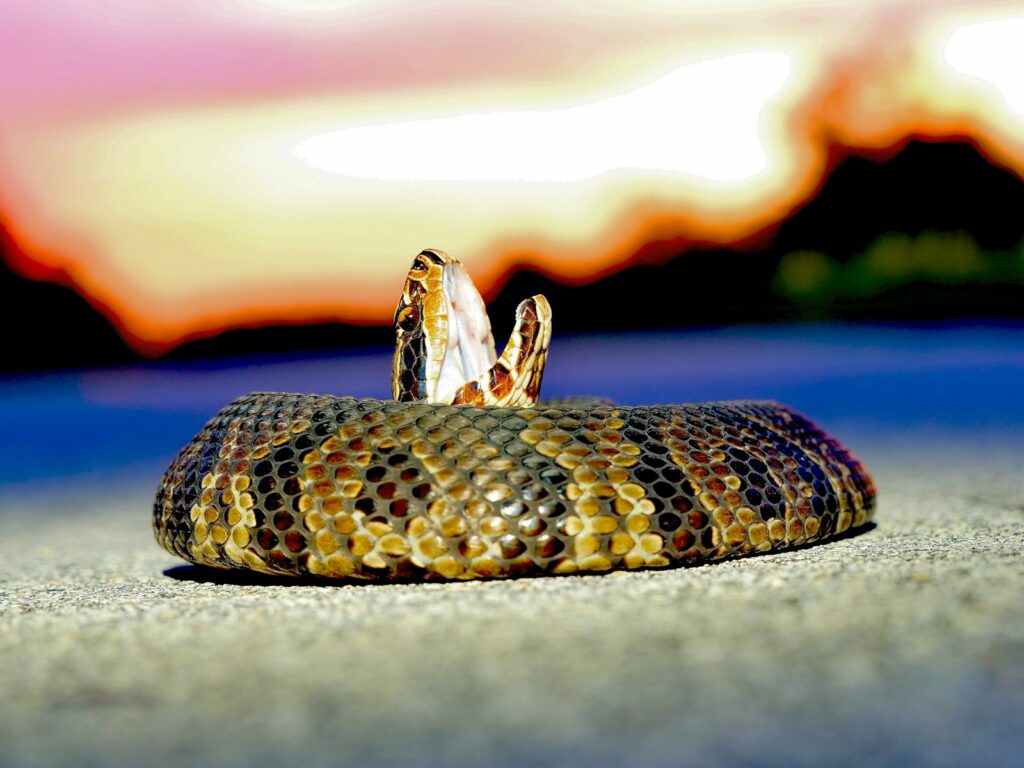
Cities create distinctive thermal environments known as urban heat islands, with temperatures often several degrees warmer than surrounding rural areas. This thermal alteration presents both challenges and opportunities for ectothermic animals like snakes, whose body temperature depends on environmental conditions. Studies of urban snake populations reveal evidence of thermal adaptation, including changes in preferred body temperature ranges and times of activity. For instance, researchers comparing urban and rural populations of common garter snakes found that urban individuals maintained higher body temperatures and were active for longer periods during spring and fall. Some species show modifications in thermoregulatory behavior, utilizing urban heat sources like sun-warmed concrete or asphalt for warming while becoming more adept at finding cooler microhabitats during extreme heat. These thermal adaptations are particularly significant as they may pre-adapt some urban snake populations to survive in warming climates.
Toxin Resistance and Pollution Tolerance
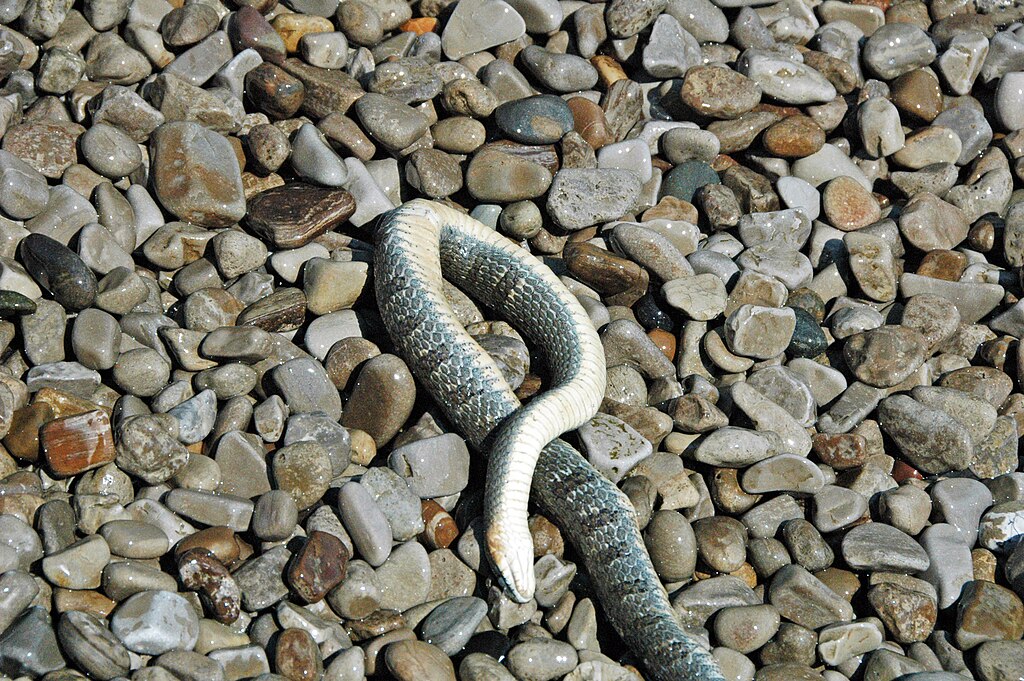
Urban environments expose snakes to a cocktail of pollutants and toxins not encountered in pristine habitats, driving adaptations in detoxification systems. Research on urban water snakes has revealed populations with enhanced liver enzyme activity capable of metabolizing certain pollutants more efficiently than their rural counterparts. In some cases, urban snake populations show higher concentrations of metallothioneins—proteins involved in binding and detoxifying heavy metals—suggesting adaptation to environmental contaminants. One fascinating example comes from studies of garter snakes in industrial areas, where researchers have found evidence of selection for individuals with greater tolerance to specific pollutants. These biochemical adaptations may come with metabolic costs, potentially explaining some of the differences in growth rates observed between urban and rural snake populations.
Reproductive Adaptations
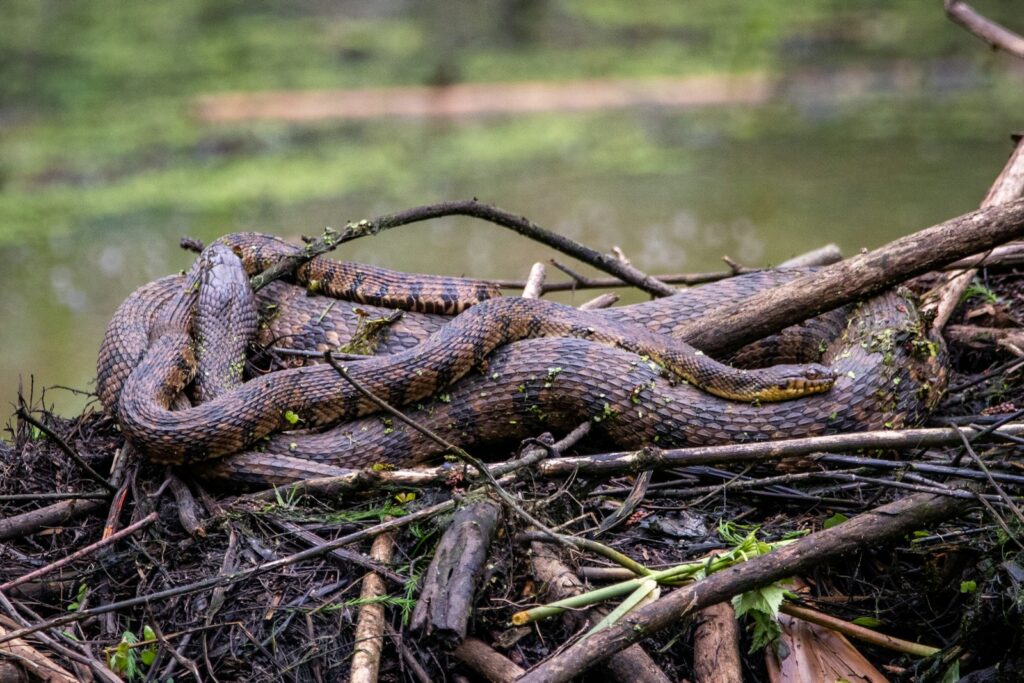
Urbanization appears to be driving significant changes in snake reproductive strategies, with implications for population persistence in city environments. Studies comparing urban and rural populations of several viviparous (live-bearing) snake species have found that urban females often produce smaller litters but with larger individual offspring—a strategy that may increase juvenile survival in challenging urban conditions. Research on rat snakes and garter snakes in urban areas has documented shifts in the timing of reproduction, with breeding often occurring earlier in cities due to the urban heat island effect. Perhaps most remarkably, some urban snake populations show evidence of altered sex ratios in offspring, potentially in response to artificial incubation temperatures created by urban surfaces. These reproductive adaptations represent some of the most profound responses to urbanization, directly affecting population dynamics and evolutionary trajectories.
Movement Patterns and Space Use
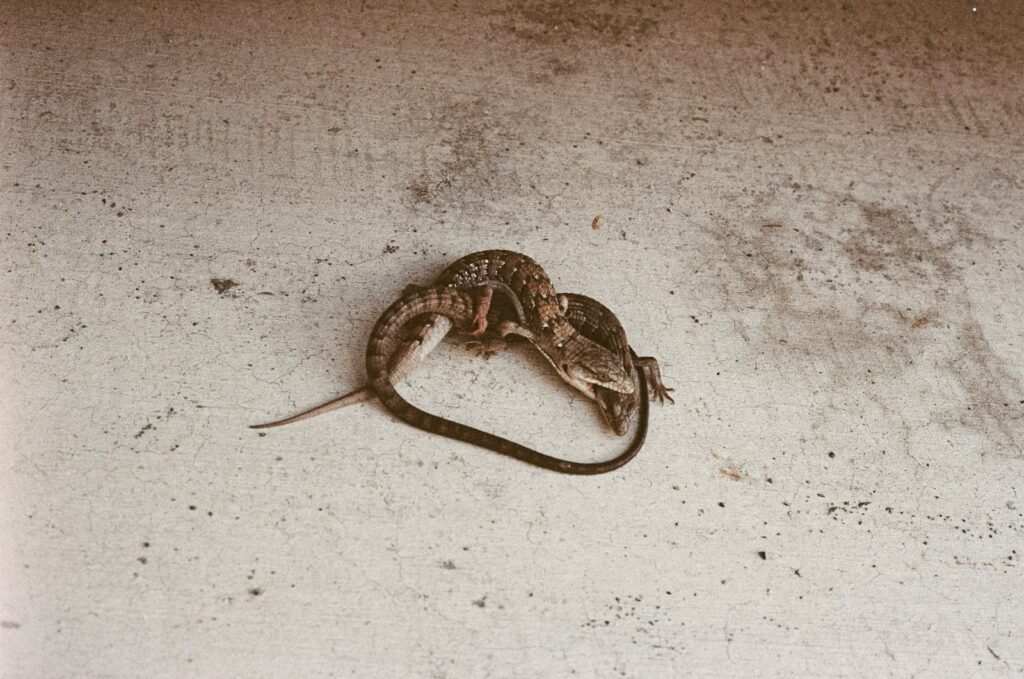
Snake movement patterns undergo significant changes in urban environments, reflecting adaptations to fragmented habitats and novel landscape features. Radio-tracking studies of urban rat snakes reveal they maintain smaller home ranges than their rural counterparts, minimizing dangerous road crossings while maximizing use of suitable habitat patches. Urban snakes often show enhanced ability to navigate linear features like fences, walls, and drainage systems, effectively using human infrastructure as movement corridors. Researchers studying cottonmouths and copperheads in suburban environments have documented sophisticated spatial memory, with snakes repeatedly using the same shelters and basking sites while avoiding areas of high human traffic. These movement adaptations appear to develop quickly in snake populations, representing an important form of behavioral plasticity that enables survival in the complex urban mosaic.
Genetic Changes and Selection Pressures
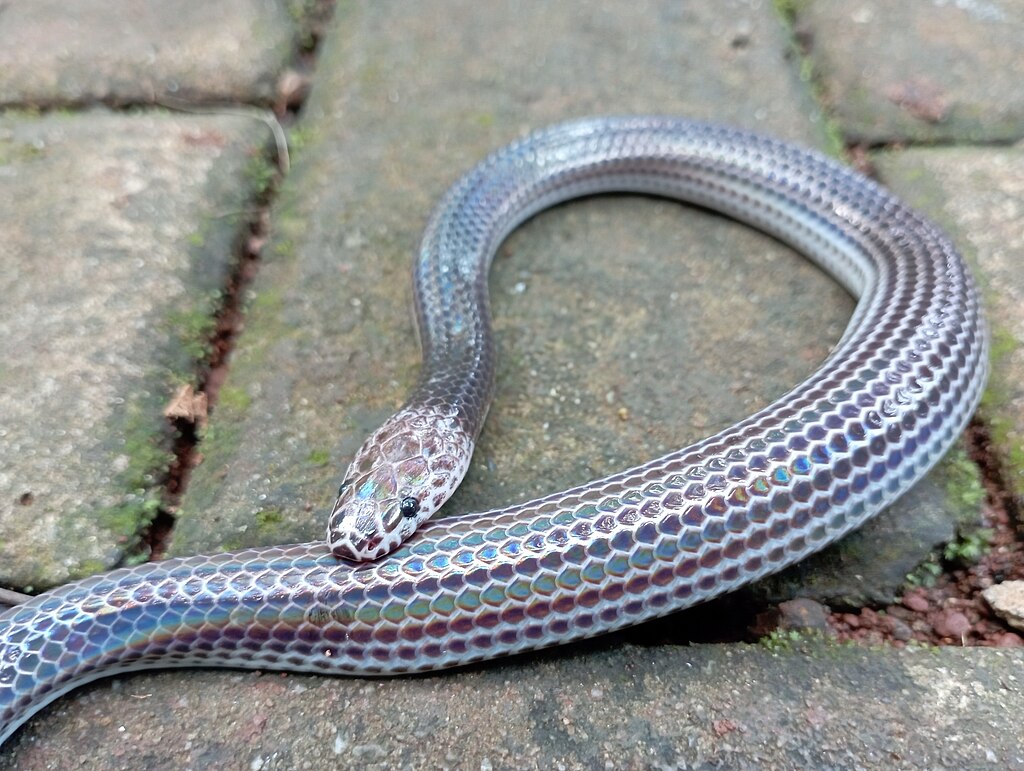
Beyond behavioral plasticity, researchers are uncovering evidence of genetic adaptation in urban snake populations, suggesting urbanization is a powerful evolutionary force. Genomic studies comparing urban and rural populations of common garter snakes have identified differences in allele frequencies for genes related to metabolism, stress response, and toxin resistance. The fragmentation of habitats by urban development creates isolated snake populations, potentially accelerating genetic divergence through both natural selection and genetic drift. Research on copperheads in urbanized landscapes has found evidence of selection for certain color patterns that provide better camouflage against urban backgrounds, reducing predation risk. These genetic studies reveal that urban adaptation in snakes isn’t merely behavioral flexibility but represents actual evolutionary change occurring over relatively short timescales.
Human-Snake Interactions and Selection
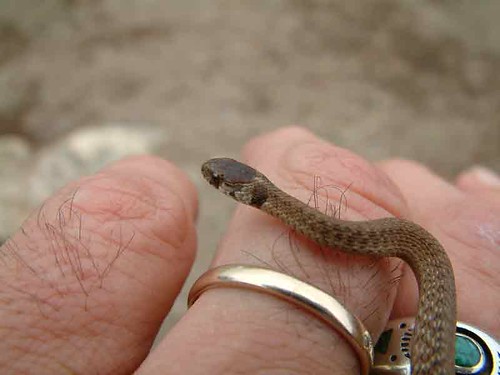
Human attitudes toward snakes create unique selection pressures unlike anything encountered in natural environments, driving evolutionary responses in urban populations. In areas where humans frequently kill snakes on sight, researchers have documented selection for more cryptic behavior and coloration, with urban snakes often being less conspicuous than their rural relatives. Studies of rattlesnakes in some developed areas have found populations with reduced rattling behavior—a phenomenon dubbed “behavioral silencing”—potentially representing selection against warning behaviors that might attract human attention. Conversely, urban snake populations exposed to non-lethal human interactions may develop increased tolerance to human presence, with reduced flight initiation distances and defensive displays. These adaptations reflect the powerful selective force of human attitudes, potentially reshaping snake evolution in ways that reduce conflict with humans.
Urban Snake Species: Winners and Losers
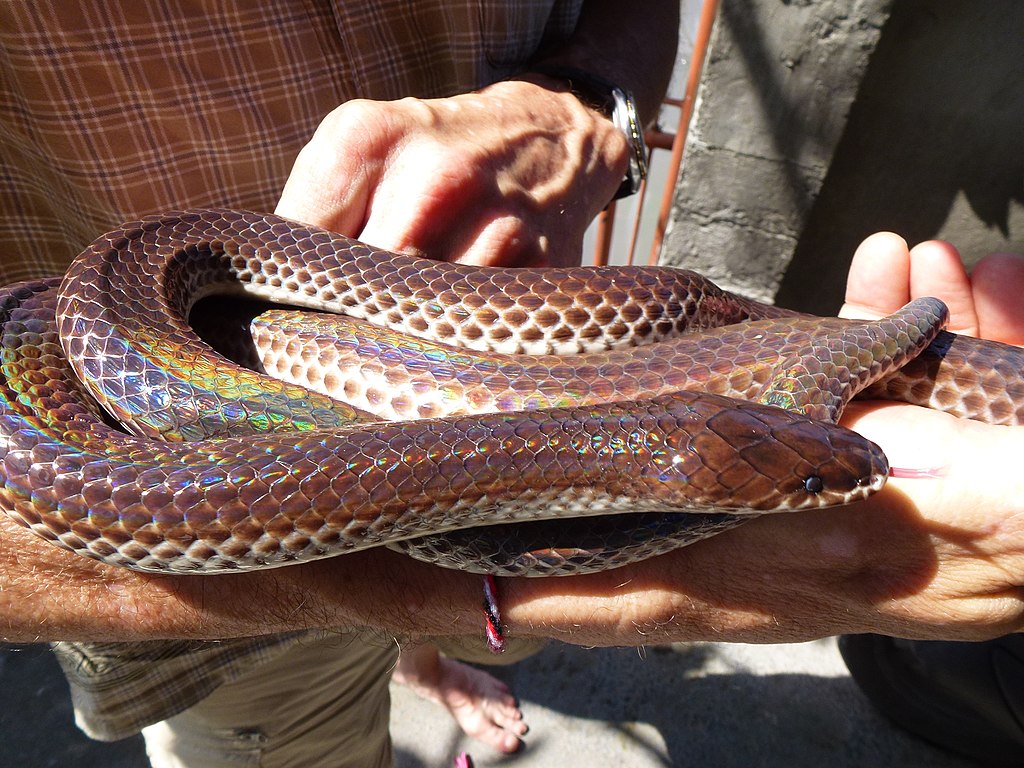
Not all snake species respond equally to urbanization pressures, creating distinct patterns of winners and losers in the urban evolutionary game. Generalist species with dietary flexibility and tolerance for habitat disturbance, such as rat snakes, garter snakes, and some pythons, often show the most successful urban adaptations. Research across multiple cities reveals that smaller-bodied species and those with more generalized habitat requirements tend to persist better in urban environments. By contrast, dietary specialists, species requiring large continuous habitats, and those with low reproductive rates typically disappear from urbanized landscapes. The result is a non-random filtering of snake communities, potentially leading to biotic homogenization as the same suite of adaptable species comes to dominate urban areas worldwide. This selective process has important implications for snake conservation, suggesting that certain evolutionary traits predispose species to urban success or failure.
Conservation Implications and Future Research
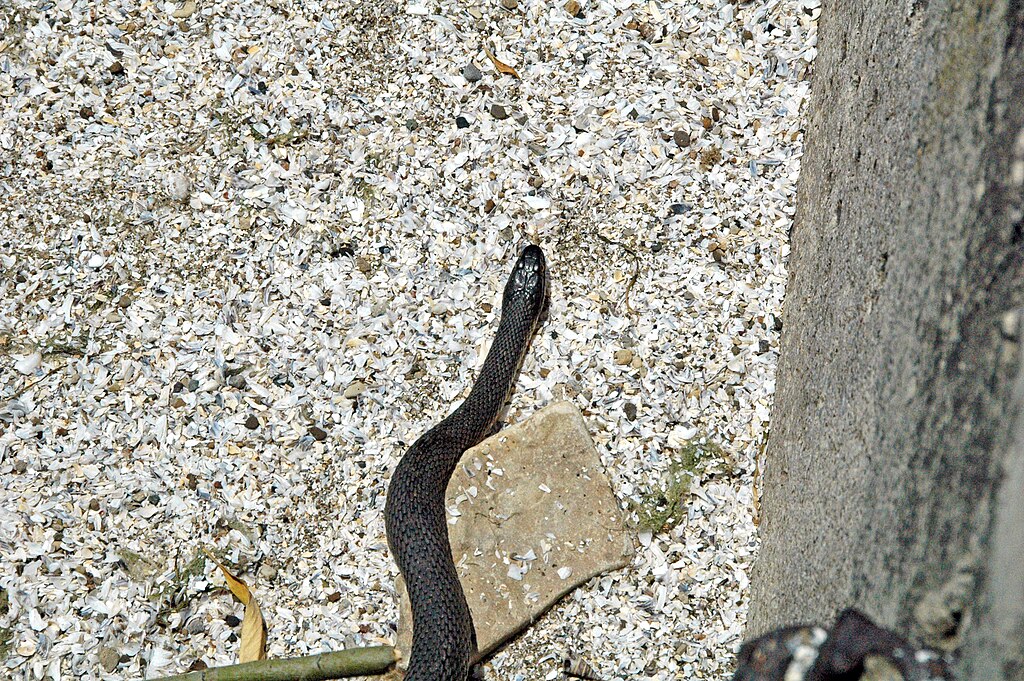
Understanding how snakes evolve in response to urbanization offers valuable insights for conservation efforts in an increasingly urbanized world. Research on successful urban adapters provides blueprints for designing urban green spaces that can support snake populations, including appropriate thermal gradients, connectivity features, and refuge structures. Genetic studies of urban snake populations may help identify populations with high adaptive potential—those most likely to persist through continued environmental change, including climate warming. Future research priorities include long-term studies tracking evolutionary changes across multiple generations, investigations of potential evolutionary traps where adaptations beneficial in cities become maladaptive if conditions change, and comparative studies across different urban gradients and geographic regions. As cities continue to expand globally, the evolutionary responses of snakes provide not only fascinating scientific insights but practical knowledge for biodiversity conservation in the Anthropocene.
The Broader Evolutionary Significance

The evolutionary responses of snakes to urbanization represent a remarkable natural experiment, offering insights into adaptation that extend far beyond herpetology. These rapid changes demonstrate the potential speed of evolutionary processes when selection pressures are strong, challenging traditional views of evolution as an exclusively slow, gradual process. Urban snake adaptations provide windows into how vertebrates might respond to anthropogenic change more broadly, including climate change and other global modifications of natural systems. The ability of some snake species to not merely survive but thrive in human-created environments offers a nuanced counterpoint to conservation narratives focused exclusively on habitat loss and species decline. As we continue to reshape Earth’s ecosystems, the evolutionary journeys of urban snakes remind us of nature’s resilience and adaptability, while emphasizing the profound evolutionary consequences of human activity on the planet’s biodiversity.
As urban landscapes continue to expand across the globe, the adaptive responses of snakes provide a fascinating glimpse into evolution in action. From changes in body size and shape to shifts in behavior, diet, and reproductive strategies, urban snakes are demonstrating remarkable plasticity and adaptive potential. These changes highlight both the challenges wildlife faces in human-dominated environments and the surprising resilience some species can display. By studying these evolutionary responses, scientists gain valuable insights that may help preserve biodiversity in our increasingly urbanized world while deepening our understanding of evolutionary processes. As we reshape the planet, snakes and other adaptable wildlife are evolving before our eyes, writing new chapters in their evolutionary history in response to the most dominant force on Earth today: human activity.





